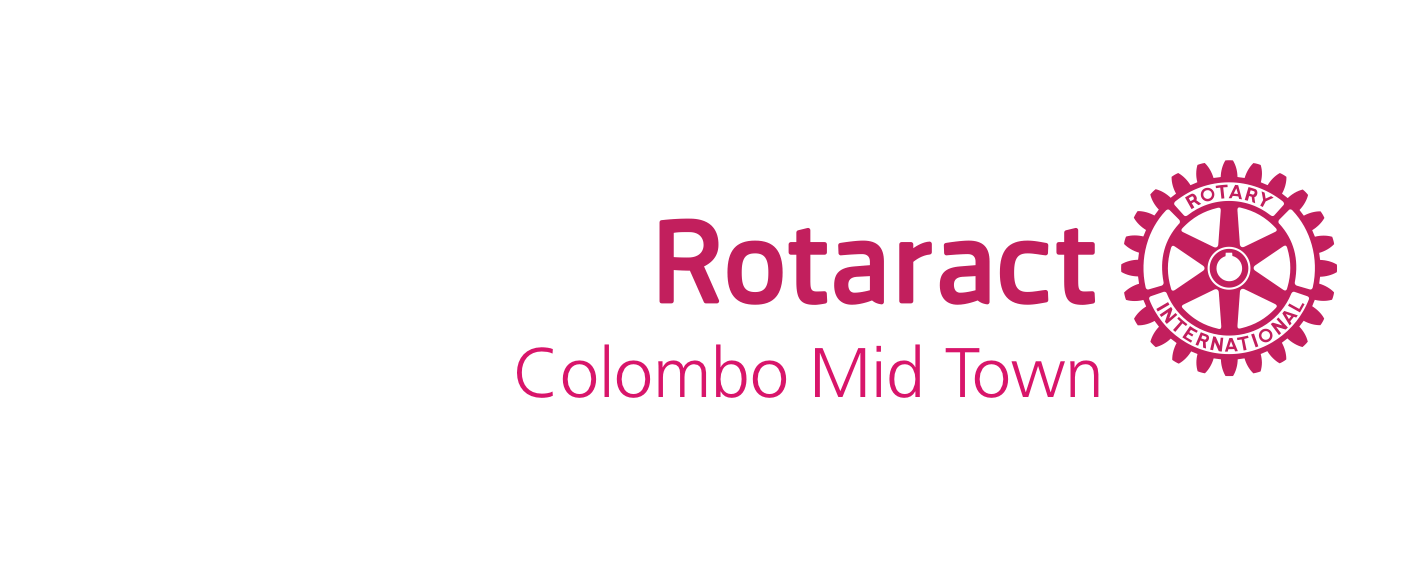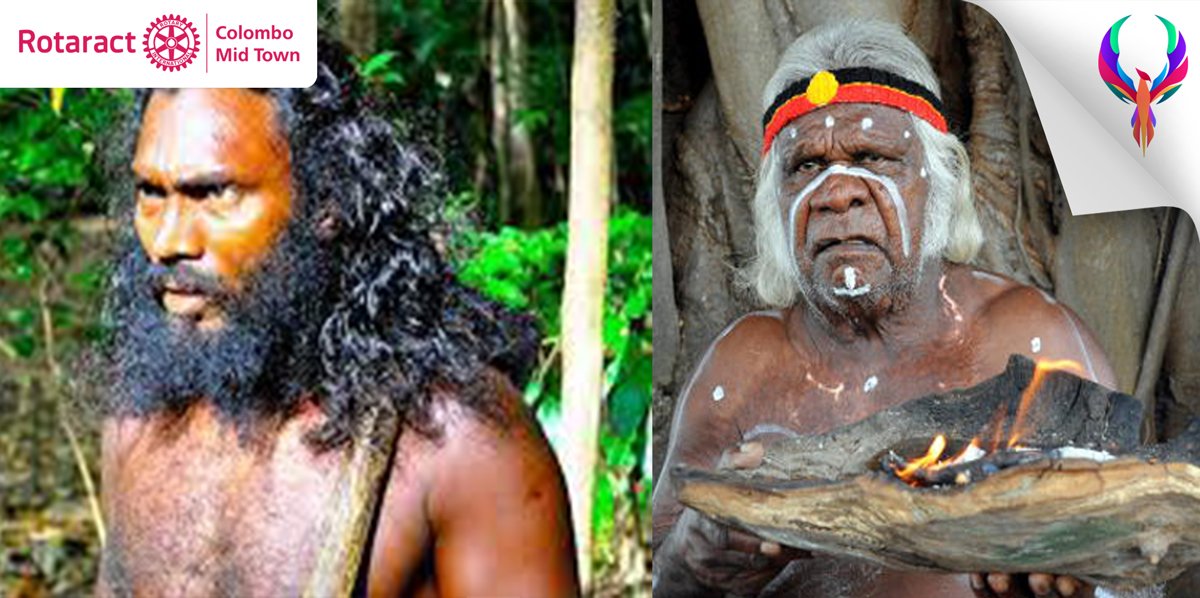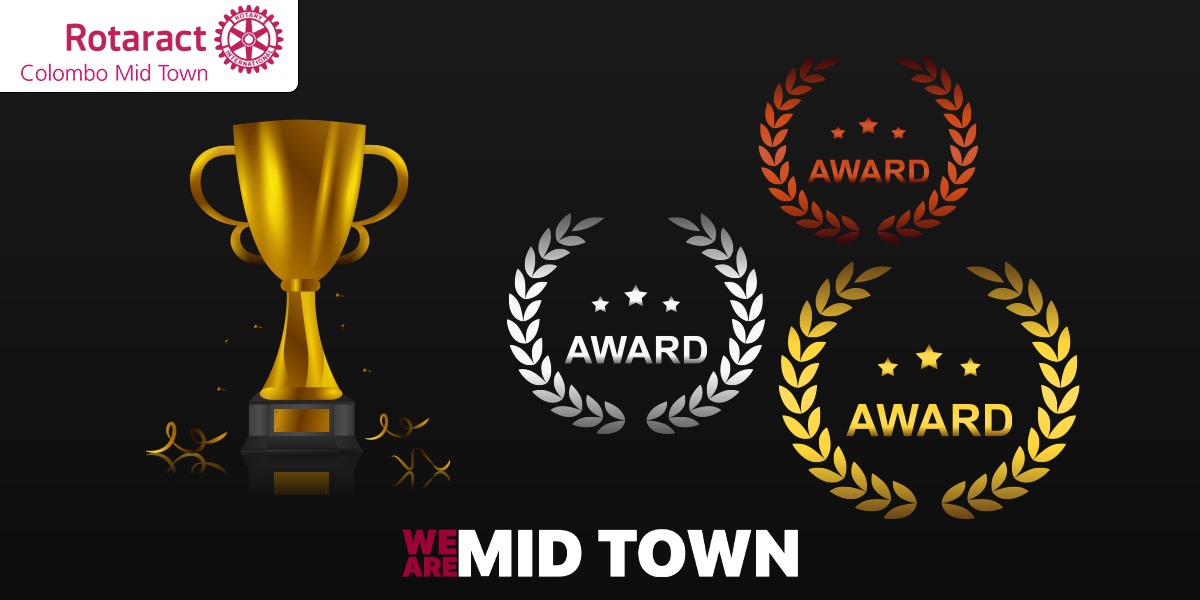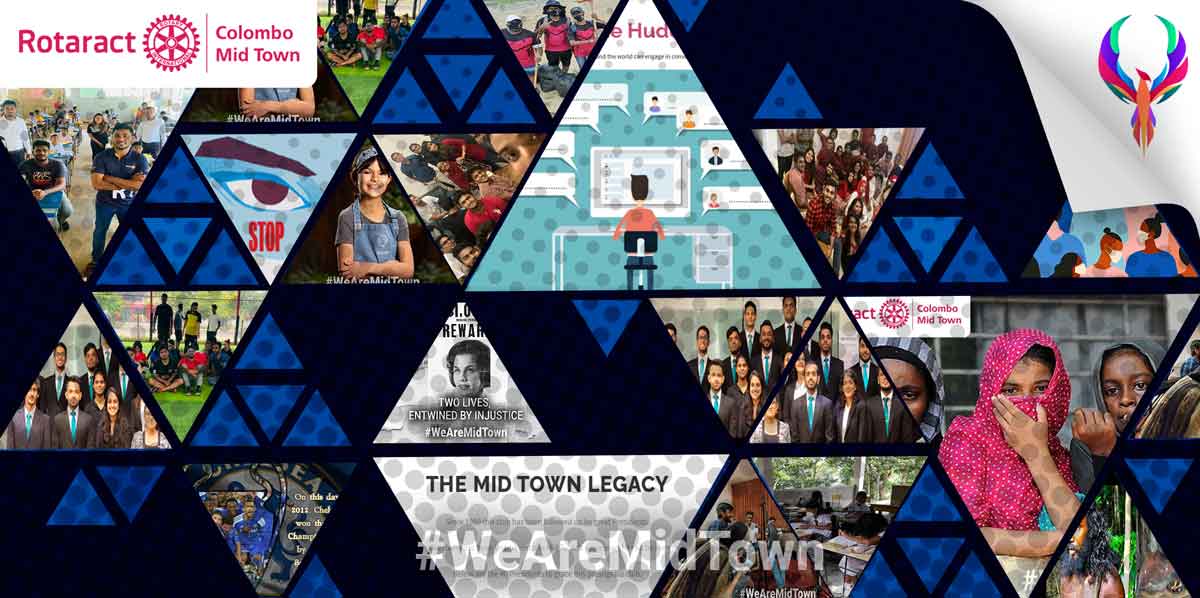Australia’s Native People
Australia is the largest island and the smallest continent on the world map. The Australian continent has a remarkable history with a story of isolation, desiccation and resilience on the ark of the edge of the world with a history of the world’s oldest civilization.
For the first arrivals about 50,000 years ago, Australia wasn’t what we know today. Over 70,000 years ago, the sea level dropped immensely because of the formation of ice in Antarctica and in the northern hemisphere and it exposed a mega continent named Sahul, combining New Guinea and Tasmania.

Genetic researchers suggest hundreds of thousands of people originally moved out of Africa to voyage across the sea looking for land across Asia. The success of these mariners and their abilities are demonstrated by their rock art, advanced stone tool technologies, and watercraft construction in the region dating back 40,000 years.
These first Australians are now called Aboriginal and Torres Strait Islanders. Ten thousand years later, everything rapidly changed as the planet became warmer, resulting in sea level rise and separating the Aboriginal people into the landmass we know as Australia today. Their rapid population growth ushered in a new era of social change in Aboriginal societies.
The first documented landing on Australia by a European was in 1606 when Dutch explorer Willem Janszoon named it “Terra Australis Incognita” – meaning Unknown South Land.

Uluru in Central Australia is a sacred site for the indigenous Anangu people.
In 1770, an expedition led by Captain James Cook led the British to claim Australia as their new territory because they believed it to be a “terra nullius”, meaning no-one’s land. However, when Europeans stepped onto the land, it’s recorded that there were more than 1,000,000 Aboriginal people and 250 language groups across the Australian continent.
Australia was made up of many different and distinct Aboriginal groups, each with its own culture, customs, language and laws. In Colac, Victoria – where the Rotaract Club of Ottway is located – the Aboriginal traditional owners of the land are known as the Gulidjan people. They belong to the Wathaurong tribe that forms part of the Kulin nation of Aboriginal people.
Unfortunately, today most of those indigenous languages and cultures have diminished due to the reduction of their population. It wasn’t until 1962 that they were given the right to vote, and in 1992 when an Australian court recognised the First Nations people’s native land rights. Landmarks, such as Uluru in Central Australia, are sacred to the indigenous people and are starting to receive the respect and protection they deserve.
Today, many events will begin with a Welcome to Country or Acknowledgement of Country, to recognise the first custodians of this land, promoting awareness of the history and culture of Indigenous people, and formally acknowledging Indigenous people’s ongoing connection to the land.
Their connection with the land is also represented by the red colour on The Aboriginal flag. The other two colours are: black, representing the Aboriginal people; and a yellow circle for the sun, the giver of life and protector.

The Aboriginal Flag
Their connection with the land is also represented by the red colour on The Aboriginal flag. The other two colours are: black, representing the Aboriginal people; and a yellow circle for the sun, the giver of life and protector.
Aboriginal art, culture and other values are now highly celebrated and acknowledged. The Australian indigenous people have a unique view of the world that is distinct from the mainstreams.
Their culture is interconnected with five key elements: Land, Family, Law, Ceremony and Language. Their connection with and understanding of the land stretches back a long time. We still have much to learn from them.
Sri Lankan Native People
Sri Lanka is one of the many Islands in the Asian sub-continent also known as the Pearl of the Indian Ocean. Sri Lanka has a rich cultural heritage dating back to the Veddas and the time of the colonial rulers.
The native people of Sri Lanka are called the Veddas or “people of the forrest”. The Veddas have a very ancient history dating back to 10,00BC, even older than Prince Vijay’s arrival in Sri Lanka. Evidence shows that they have been roaming the Great Plains of the north-central region to the central mountains and speak in an ancient Sinhalese dialect.

In a typical Vedda community the men used to hunt and gather honey while the women used to gather vegetable and were cooked with an outdoor fire.
The Vedas now are much more advanced when it comes to their clothes. If you want to learn the way of the Veddas, you can do this by camping or go site seeing to a Vedda community and they will be more than happy to show you the ropes with an axe over their shoulder, it feels like nothing has changed from their beginning.

But with the development of the country, the present-day Veddas are limited to Dambana regions and most of them are now down to tourist attractions.
Written by Rtr. Kaizer Majid from the Rotaract Club of Colombo Mid Town and Rtr. Jeniffer Chiu and Rtr. Sanduni Hettarchchi from the Rotaract Club of Otway.





